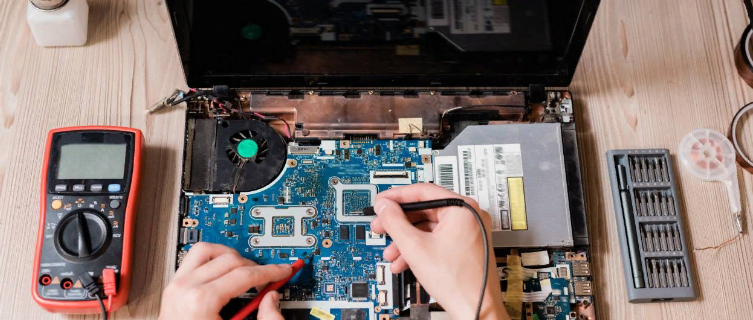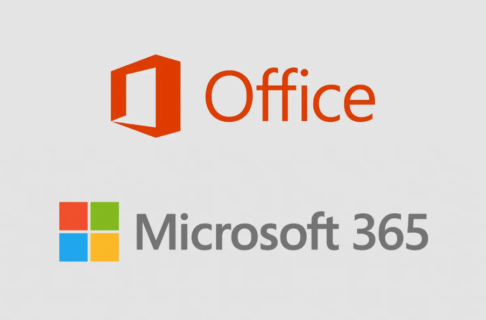The reliability of IT security in Los Angeles directly depends on how the security system is managed. If the information structure is managed well enough, then hackers will have to put a lot of effort and time to get into it. But how can you see how well your company in Los Angeles protects its data? Try to ask yourself these questions:
- Do you know which devices specialists can connect to work PCs? What can use the capabilities of your local network and be directly in it?
- What software is installed on your company’s devices?
- How were working computers and networks configured? Were the IT security in Los Angeles requirements taken into account?
- Can you control the availability of critical company data, including those employees who have the appropriate rights to access them?
- Are your employees aware of their importance in maintaining the company’s IT security?
The information risk management system is an essential component of your organization’s overall IT security in Los Angeles. It is recommended to regularly review this system, as well as check the status of the related zones described below, in order to protect the business from most IT threats.
Risk analysis
Implement a regular risk analysis process. Identify information assets, evaluate their value and importance. For each asset, identify current threats and vulnerabilities. Based on the analysis, select the key areas for improving the IT security system in Los Angeles.
Network security
Protect corporate networks from external and internal intruders. Monitor the network perimeter. Prohibit unauthorized access and malicious content. Monitor the protection mechanisms of your company in Los Angeles and test them regularly.
Protection against malicious code
Develop IT security policies in Los Angeles and tools that will be applicable to all areas of business. Check the entire corporate system for malicious code.
Monitoring
Develop a monitoring strategy and supporting policies. Ensure constant monitoring in all information systems and networks. Check the logs for suspicious activity.
Incident and Privilege Management
Allocate resources to respond to incidents and eliminate the consequences. Develop and test incident plans. Train the incident management team. Report crimes to human rights bodies.
Implement account management processes and reduce the number of privileged users. Limit privileges and monitor user activity. Control access to activity logs and event logging.
The first things to do in case of violations of your IT protection in Los Angeles
- Contact an IT consultant if you cannot determine the type and scale of the incident yourself;
- Contact a legal consultant in Los Angeles if data is stolen that may negatively affect the reputation of a third party;
- Think about how to report the incident to everyone whose data was affected or revealed during the incident;
- If necessary, contact the relevant authorities.



